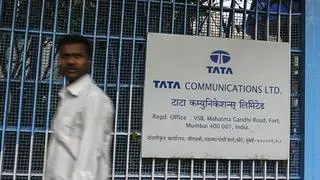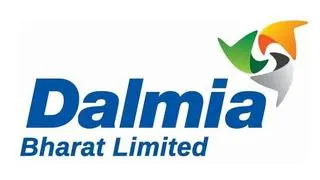With the evolution of the e-vehicle market, demand for its inputs, too, has spiked in the past few years. More specifically, demand for batteries is forecast to see significant growth.
Alongside, confusion over what variant of battery — lithium, cobalt, nickel or lead — need to be used in e-vehicles has also surged. Doubts on whether lead could stand competition from other metals such as lithium has clouded the future of the bluish-white metal.
Sunil Duggal, CEO of Hindustan Zinc, believes lead batteries will not lose its sheen in the e-vehicles market. Excerpts from an interview with BusinessLine :
What kind of growth do you see in the demand for hybrid and e-vehicles?
Positive sentiments around e-vehicles have been building up over the past decade. According to a Citi Research report, hybrid and EVs currently constitute about 5 per cent of total car sales, and it is likely to grow to 9 per cent by 2022. Investments are pouring in from governments as well as the private sector for research in energy storage technologies (batteries).
Demand for metals such as lithium, cobalt, nickel, graphite and manganese has shown more positive correlation with the growth in the e-vehicles market. Where does lead fit in this equation — there are many metals competing with lead and zinc to be used in e-vehicle batteries?
Lead-acid batteries are used in e-rickshaws, e-bikes, etc. It is slightly different in electric cars. In e-cars, the auxiliary battery is lead-acid-based, while the motive power battery has to be from a newer technology based on metals such as lithium and nickel, as they have better energy density (energy-to-weight ratio). But these technologies are still in the nascent stage when it comes to commercial viability. Also, lead-acid batteries have the ability to overcome its weakness (low energy density) with its cost competitiveness, safety, availability of raw materials and recyclability. Immense technological research is going in improving lead-acid batteries. . We believe the demand for lead acid will continue to remain strong.
There are reports that lead usage will plummet due to stronger demand for lithium-ion batteries...
The developments in Li-ion batteries is recent, but lead-acid batteries have been here for many decades. Considering the cost and various technical parameters, lead-acid batteries will continue to be the preferred energy storage device, and their demand is not expected to fall. The global reserves of lithium are quite limited and restricted to a few countries in South America. So higher demand for Li-ion batteries may not be met easily. Also, the recycling technology and reverse- supply chain for Li-ion is still not fully in place, unlike lead acid. Further, high temperature application of Li-ion batteries have not proven reliable.
It is not widely known, but all hybrid cars and EVs use lead-acid batteries — eventhough they are slightly smaller — for auxiliary power (called SLI - starter lighting ignition battery).
How is the demand for lead in the other user industries?
Demand for lead is stable in other applications such as cable sheathing, PVC stabilisers, alloys, etc. The demand is growing in sync with the economic growth and the underlying industries at 3-4 per cent per annum.
What is the overall demand and supply situation and forecast for lead?
The overall global demand-supply for lead for 2018 is balanced as per leading industry research firm Wood Mackenzie. Consumption is forecast at 12.671 million tonnes (mt) and production at 12.625 mt, which shows a balanced market. It is estimated that global lead consumption will increase at an average 2-3 per cent pa in the next five years.
Do you think lead will go back to the high of $2,500-per-tonne levels seen in February?
The prices of base metals are dependent upon various global macro-economic conditions and trends. The price of lead is expected to be robust due to limited global Lead concentrate supply.
What projects do your company have in place to increase lead production?
Hindustan Zinc is the second-largest zinc-lead miner and the fourth-largest zinc-lead smelter globally, with a lead smelting capacity of around 2 lakh tonnes per annum. To increase metal production through the recovery process, the firm is setting up three fumer plants, one of which is likely to be commissioned within FY 2019. This will help in recovery of metals. The company’s first zinc fumer project, with a capacity of 1,60,000 MT per annum, is presently under construction at CLZS (Chanderiya Lead Zinc Smelter) and expected to be commissioned in FY 2019. The plant will lead to the recovery of valuable metals, including 32 MT of silver and 6,200 MT of zinc and lead, annually, from zinc residue.








Comments
Comments have to be in English, and in full sentences. They cannot be abusive or personal. Please abide by our community guidelines for posting your comments.
We have migrated to a new commenting platform. If you are already a registered user of TheHindu Businessline and logged in, you may continue to engage with our articles. If you do not have an account please register and login to post comments. Users can access their older comments by logging into their accounts on Vuukle.